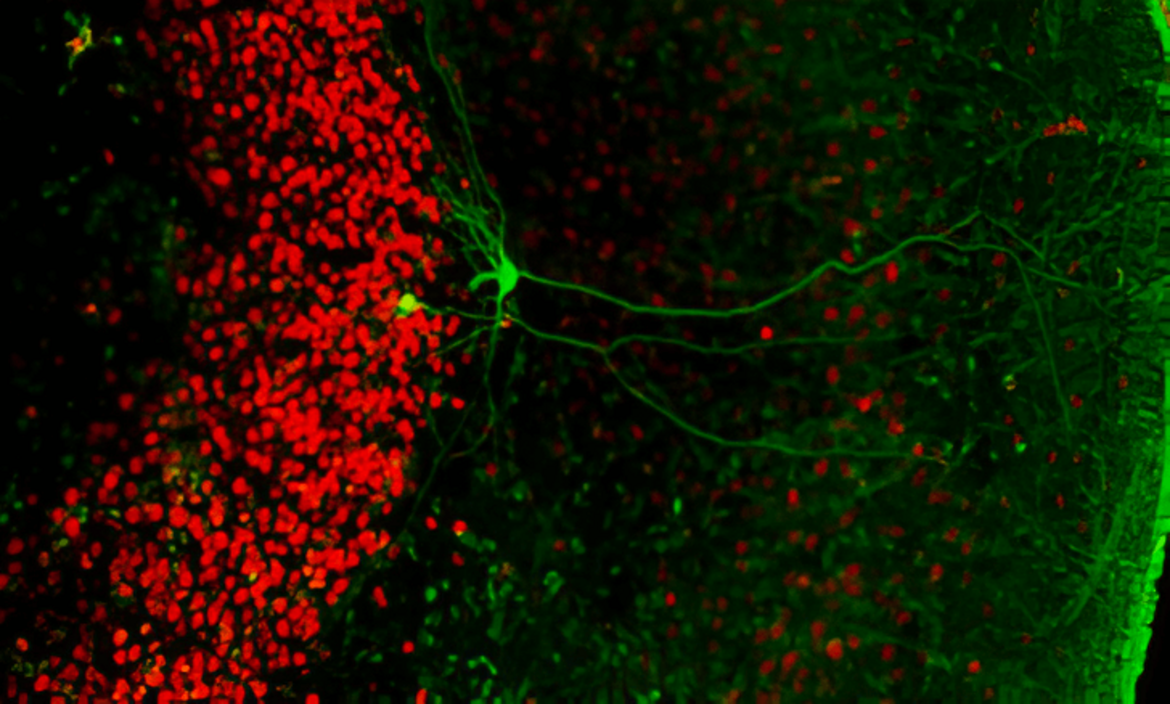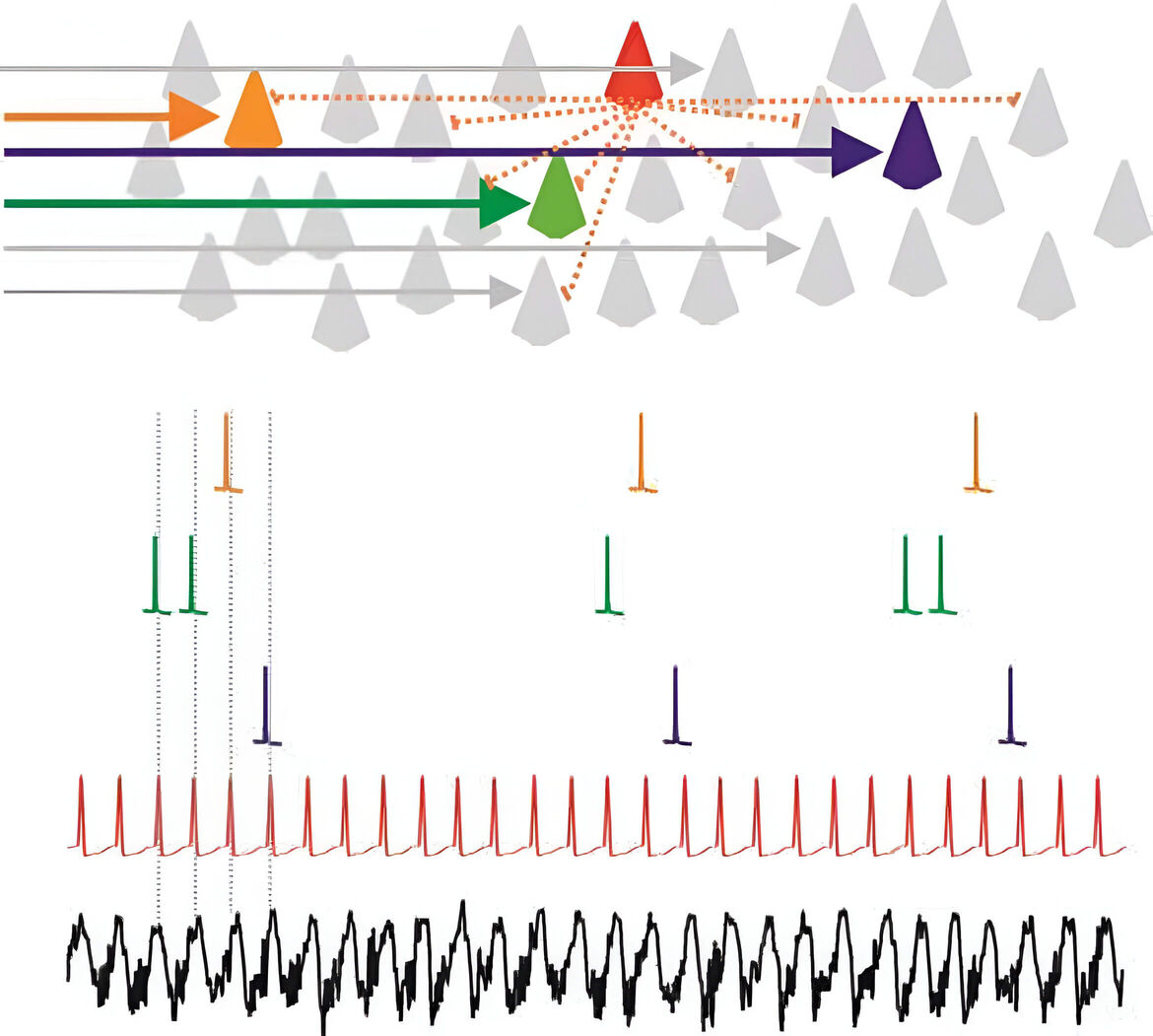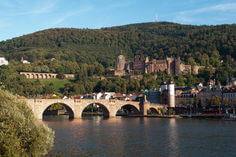Research Topics
The Dynamic Architecture of the Brain: Neuronal Networks and Cognitive Symphony

The brain's remarkable capacity to process information, form memories, and guide behavior arises from the intricate dance of neuronal networks, which generate spatio-temporal activity patterns. Within these networks, neurons fire in a highly organized and coordinated manner, forming functional units known as neuronal ensembles or assemblies. These ensembles are not fleeting; they can remain stable over extended periods and be reactivated in specific contexts, serving as the foundation for cognitive and behavioral processes. In modern neurophysiology, these assemblies are recognized as the physical embodiment of complex mental functions at the network level, offering a window into the mechanisms that underpin the mind.
Our research delves into the captivating questions at the heart of this field, focusing on the mouse hippocampus and related brain regions to uncover the principles governing these dynamic networks. Key inquiries include:
- Mechanisms of Neuronal Activation: What determines whether a neuron, such as a CA1 pyramidal cell in the mouse hippocampus, is active or silent in a given context? Understanding the molecular and synaptic rules governing this selective activation is critical to decoding how the brain prioritizes and processes information.
- Emergence of Oscillatory Patterns: How do sharp wave-ripple complexes, distinctive oscillatory patterns in the mouse hippocampus, arise and coordinate neural activity? These rhythmic events are pivotal for memory consolidation and retrieval, orchestrating the synchronized firing of neurons across networks.
- Diversity of Sub-Networks: How do the numerous sub-networks within the hippocampal-entorhinal system, particularly in the deep layers of the medial entorhinal cortex, differ in their structure and function? These differences are key to understanding how specialized circuits contribute to spatial navigation and memory formation.
- Global Brain Coordination: What mechanisms drive the synchronization of networks across the entire brain, particularly through global rhythmogenesis linked to respiration? This rhythmic interplay may serve as a universal clock, aligning neural activity to support cohesive cognitive processing.
Beyond these core questions, our collaborative research explores the implications of these mechanisms in pathophysiological contexts, such as Alzheimer’s disease, multiple sclerosis, and hypoxia. By investigating how disruptions in neuronal ensembles contribute to these conditions, we aim to uncover novel insights into disease mechanisms and potential therapeutic strategies.
This exploration of neuronal networks not only deepens our understanding of the brain’s intricate architecture but also captivates the imagination, revealing how the synchronized firing of neurons shapes our thoughts, memories, and behaviors. As we unravel these mysteries, we move closer to decoding the essence of cognition and addressing critical challenges in neurological health.
Unveiling the Symphony of the Brain: The Fascinating World of Neuronal Ensembles

In the intricate landscape of the brain, neuronal ensembles orchestrate a remarkable symphony of activity, particularly within regions like the hippocampus and neocortex, which are pivotal for memory and cognition. At any given moment, only a select few neurons—often a mere fraction of the vast neural population—spring into action, a phenomenon known as sparse coding. This selective activation ensures efficient and precise information processing, akin to a finely tuned ensemble in a grand orchestra.
Central to this neural choreography are inhibitory interneurons, which act as master conductors. These specialized cells, depicted as a vibrant red neuron in illustrative models, maintain a continuous rhythm that synchronizes the activity of the entire neural network. Their persistent firing, as shown in dynamic traces of neural activity, generates rhythmic oscillations detectable in the local field potential—a measurable electrical signature of coordinated brain activity.
These oscillations serve as the foundation for intricate spatio-temporal patterns of neuronal firing. Picture a sequence of neurons activating in a precise order—green, then orange, then blue—forming a cascade of activity that encodes information with remarkable specificity. This dynamic interplay of sparse, rhythmic, and patterned activity not only underscores the brain's efficiency but also illuminates how complex cognitive processes, such as memory formation and decision-making, emerge from the collaborative dance of neurons.
Understanding neuronal ensembles opens a window into the brain’s ability to process and store information with elegance and precision, captivating researchers and enthusiasts alike as we unravel the mysteries of the mind.



![[Translate to English:] [Translate to English:]](/fileadmin/_processed_/9/b/csm_Firefly_Abstract_organic_flow_resembling_blood_vessels_shaped_as_a_tool__composed_of_glowing_651800_26778ea790.png)
